Dubrovnik
The best place to see Croatia’s 13th-century capital is from the 1,361-foot summit of Mount Srd. Take the cable car or drive up serpentine roads offering vertigo-inducing vistas at every turn. From here, you can see the old town’s red rooftops, medieval fortifications, craggy bluffs, hidden coves, and the islands of Lokrum and Elafiti set like emeralds in the sparkling Adriatic.
The steps up the 1.3-mile long, 700-year-old city walls are steep but the circular two-hour walk around the perimeters offers spectacular views from Minceta Tower and the 11th-century Lovrijenac Fort. Get to the ticket office by 8 am to minimise the hordes.
Down below, toddlers chase pigeons across the cobbles of Stradun buffed smooth by centuries of pedestrians. Merchants lined this marble promenade in the Middle Ages. Before that, it was a canal. Now tourists browse souvenir stalls and find shade at the secluded Franciscan monastery, Rector’s Palace, and Onofrio’s Fountain where the water is fresh enough to drink.
Dubrovnik’s rooftops bear testament to the 1991 Yugoslavian Siege. The original orange tiles make up less than a third of the old town, while the bright red ones mark the bombed-out buildings since restored to glory. Scars from Serbian shells are still visible but with Monty Python’s Always Look on the Bright Side blaring out from a loudspeaker near the church, the war seems long ago and far away. There’s the Museum of Croatian War Independence and a monument to liberty outside the tourist office, but Dubrovnik’s 40 000 inhabitants have moved on. Today for every stone battlement, a traditional wooden-beamed konoba (tavern) or café caters for bikini babes and surfer dudes in shorts.
A favourite is the Mala Buza bar, reached via a secret door within the castle wall. Only a narrow railing separates its cliff-hewn terrace from the sea. After an Ozujsko beer, a dive off the rocks will cool you down a treat.
Lunch sumptuously at Gradska Kavana Arsenal overlooking the harbour where cats snooze on cool shady stones and the lemony aroma of sizzling calamari fills the air. If you’re craving Japanese cuisine, the Oyster & Sushi Bar Bota in the little alley next to the Cathedral is worth a splurge.
Hotels and self-catering villas abound with five-star pampering from the Valamar Dubrovnik President Hotel. Otherwise just bring your own yacht, as Beyoncé did, to experience this Dalmatian sensation for yourself.
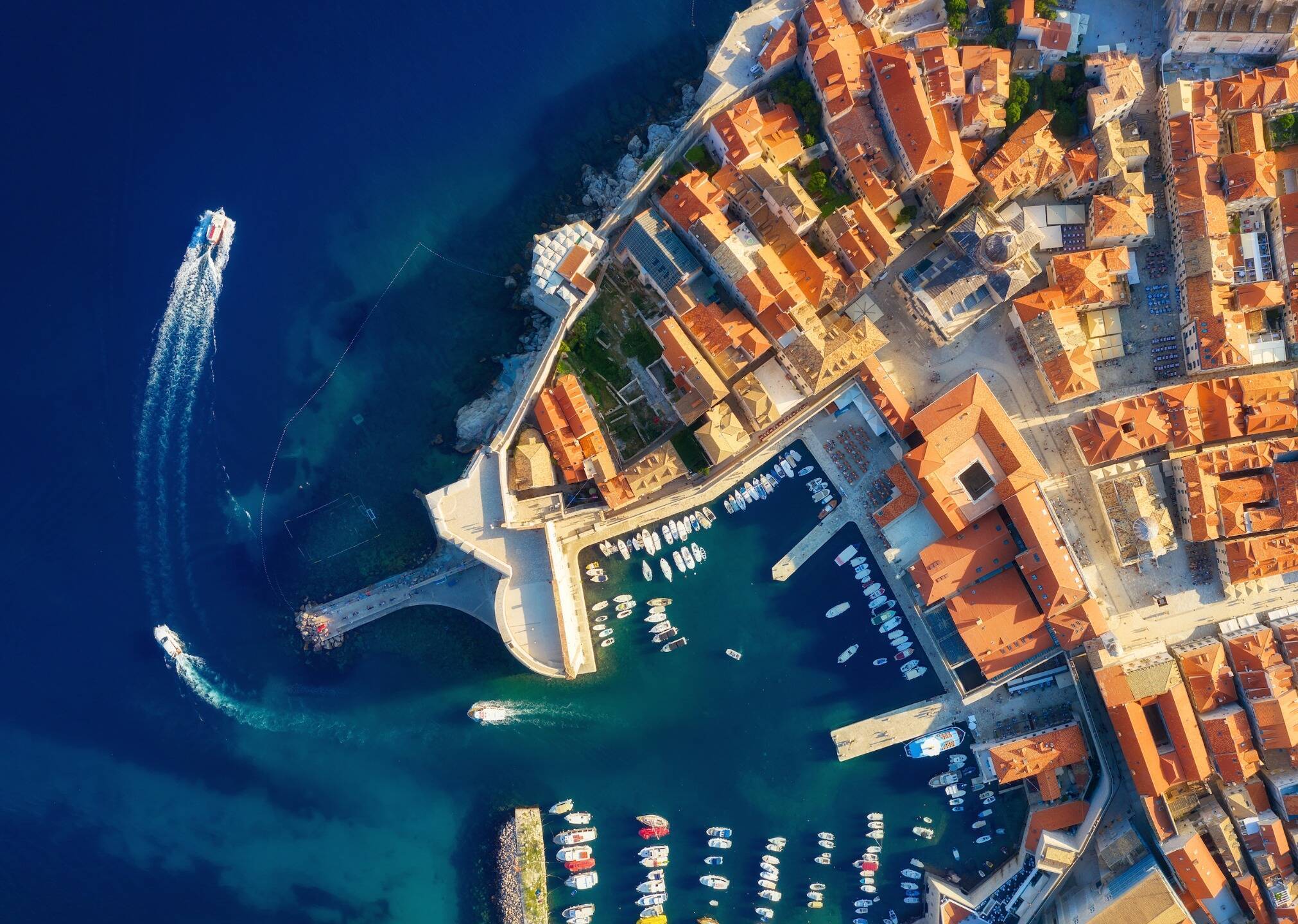


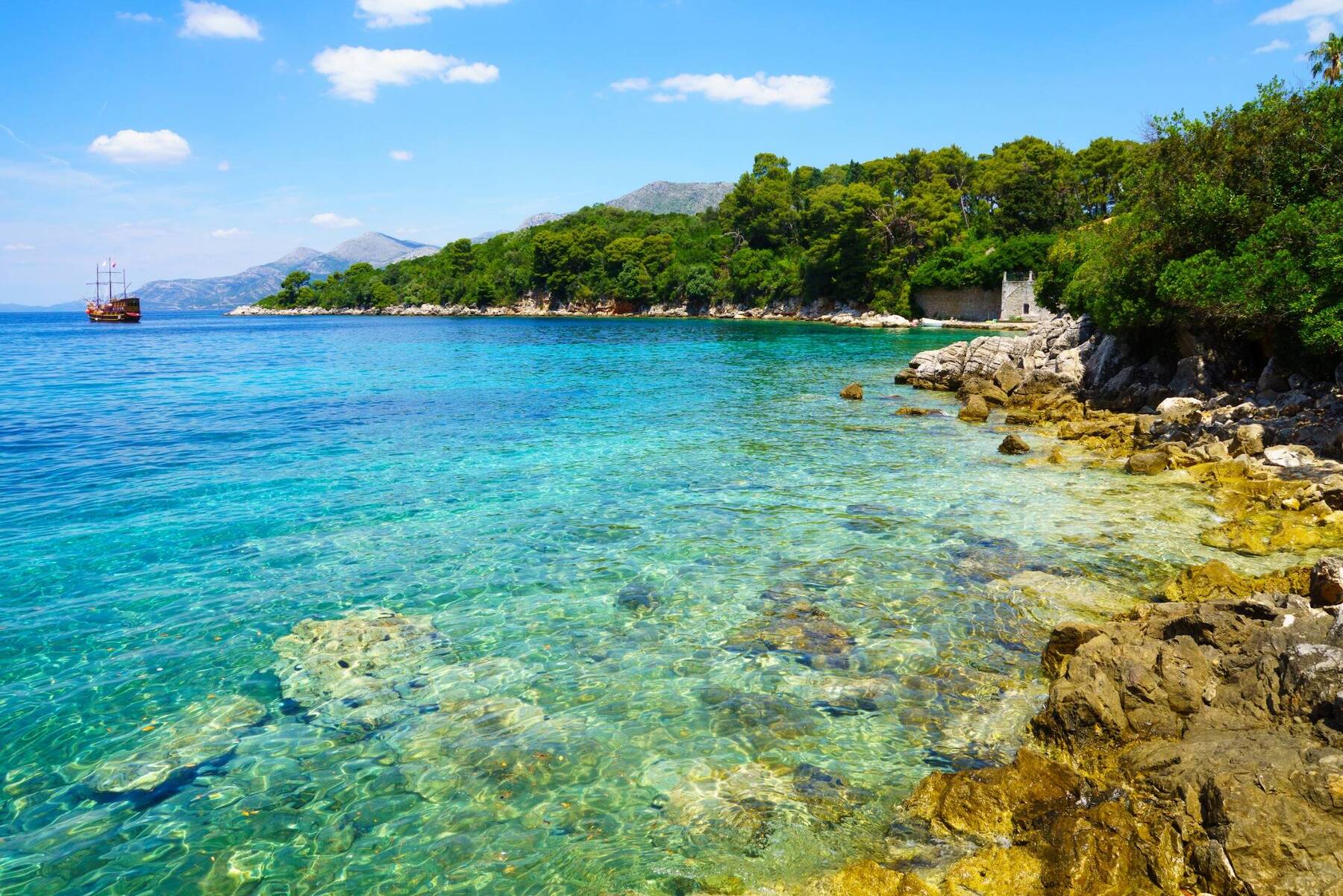
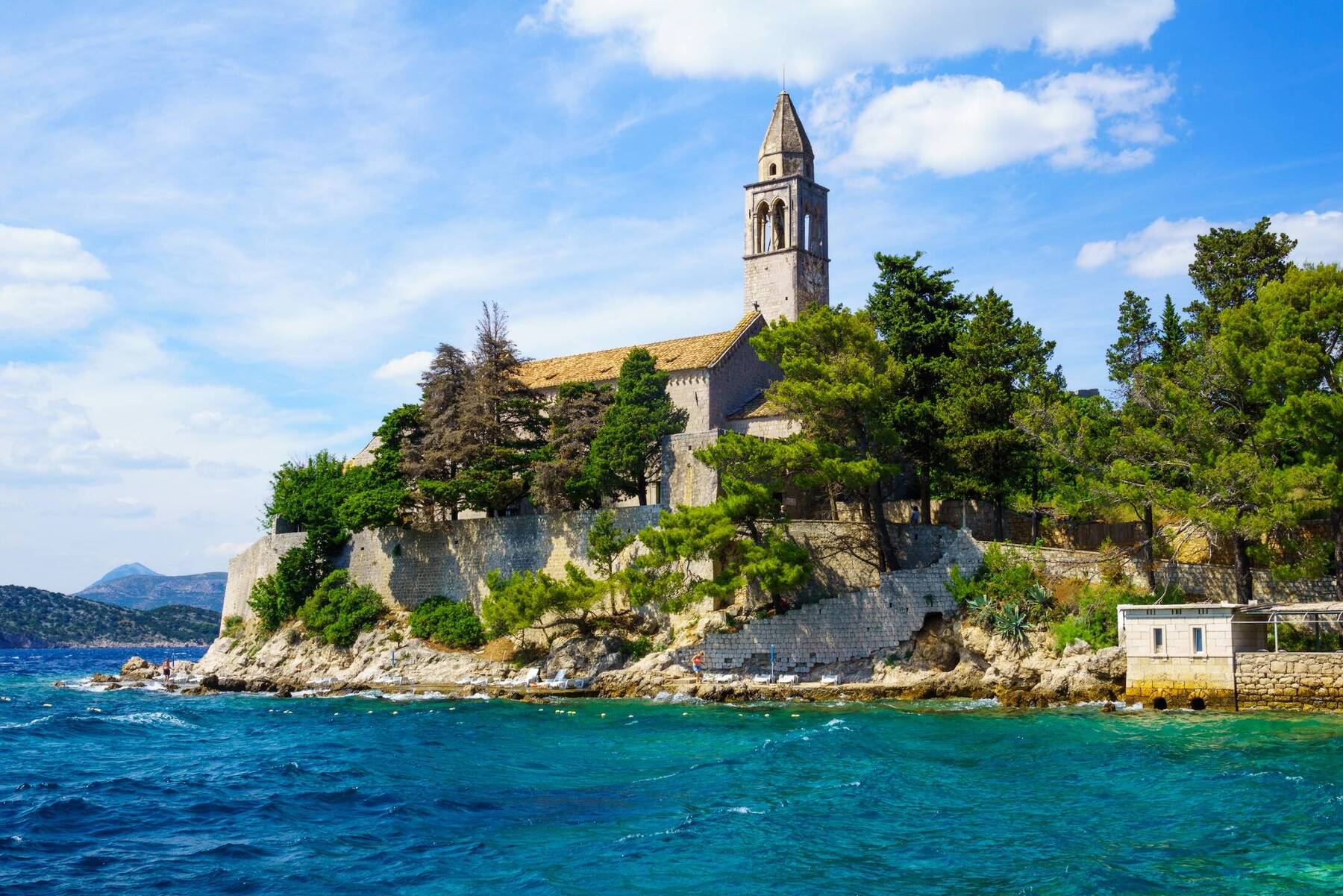
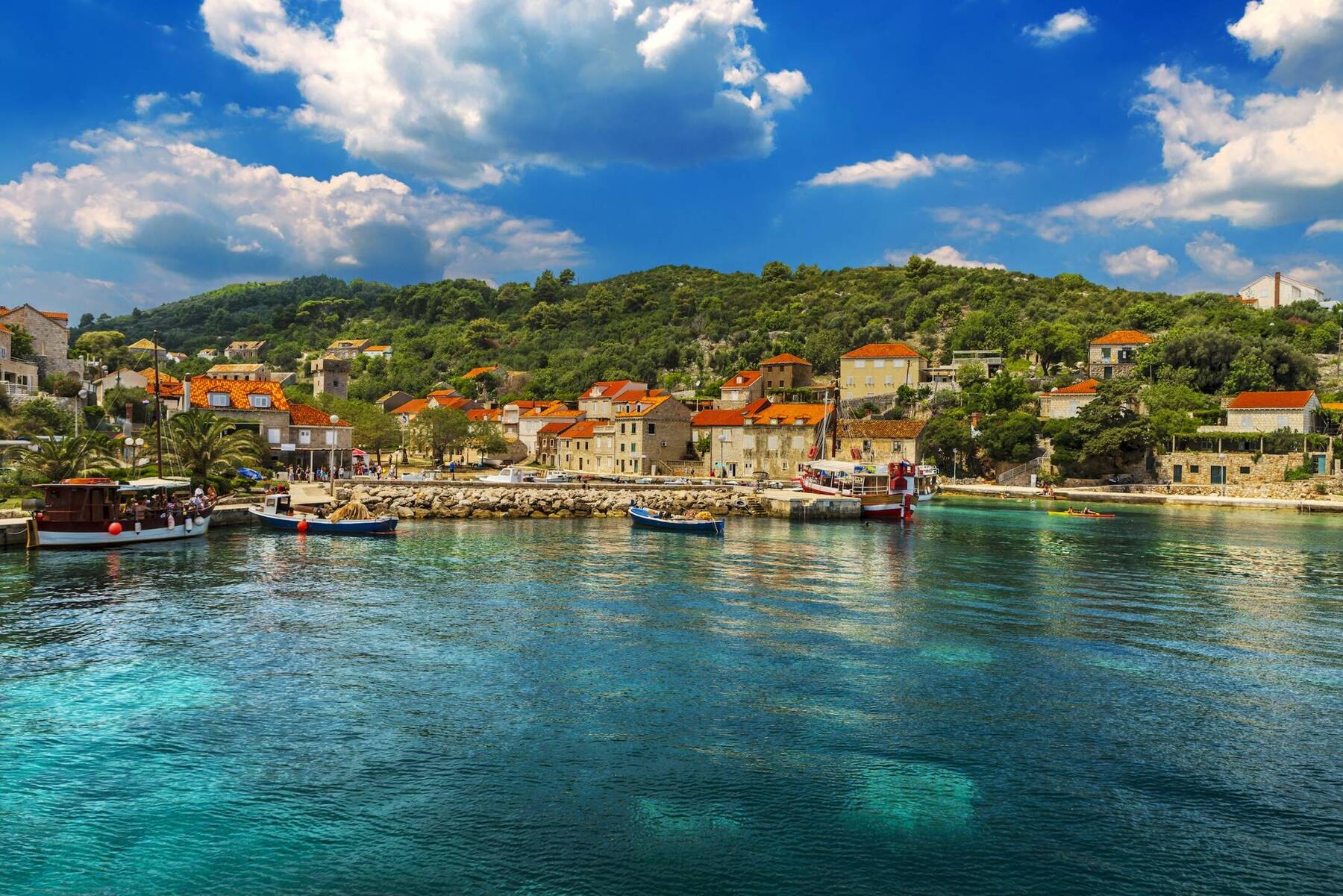
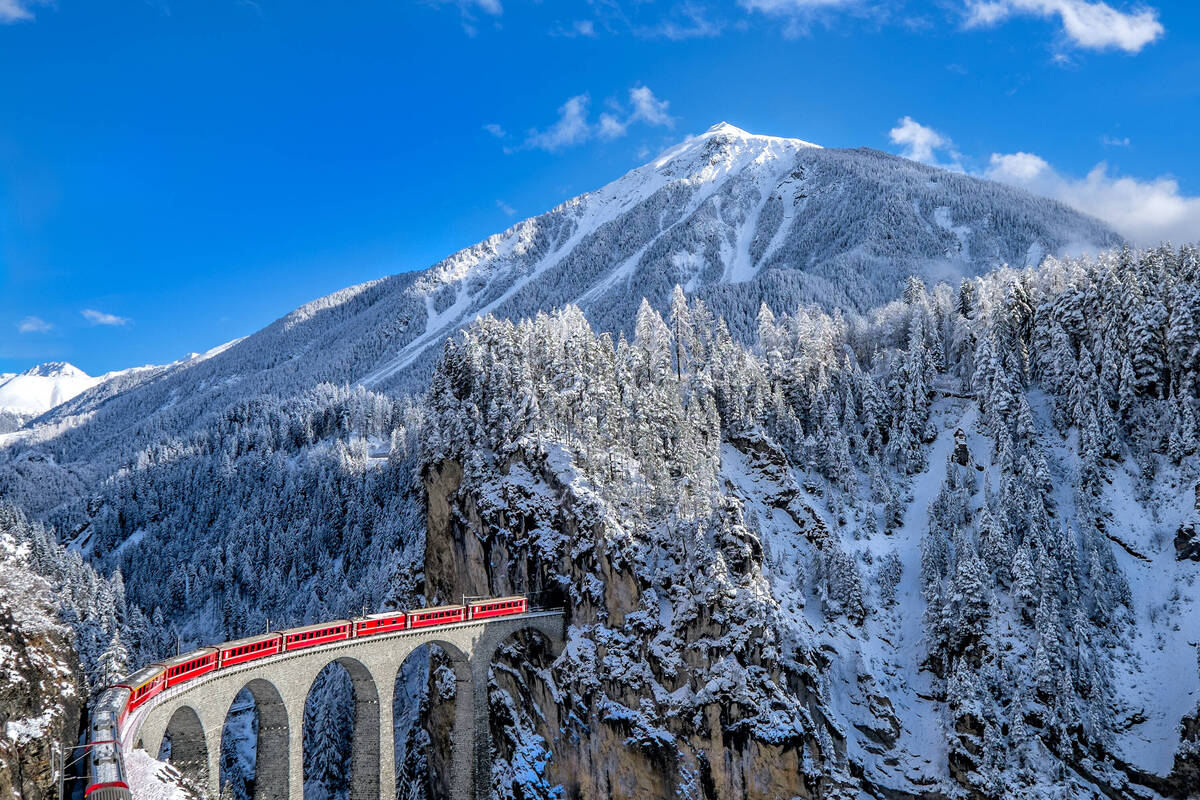
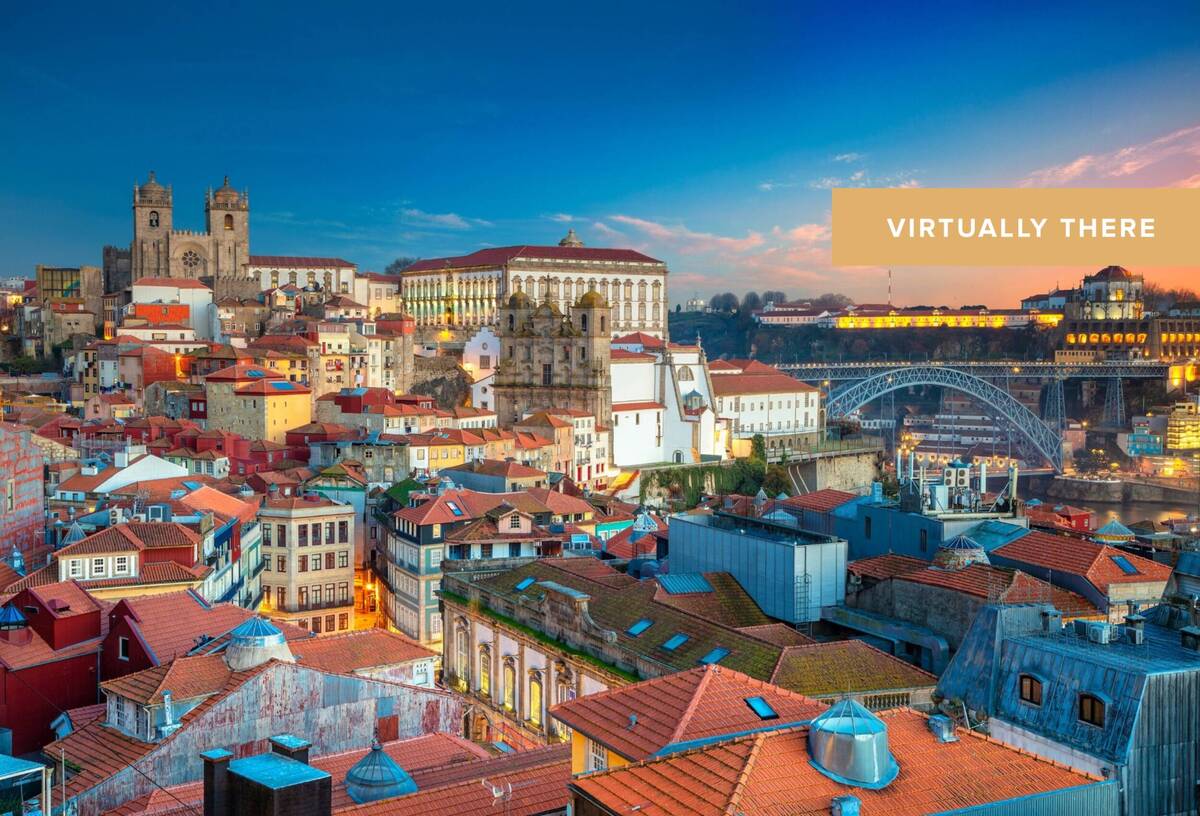
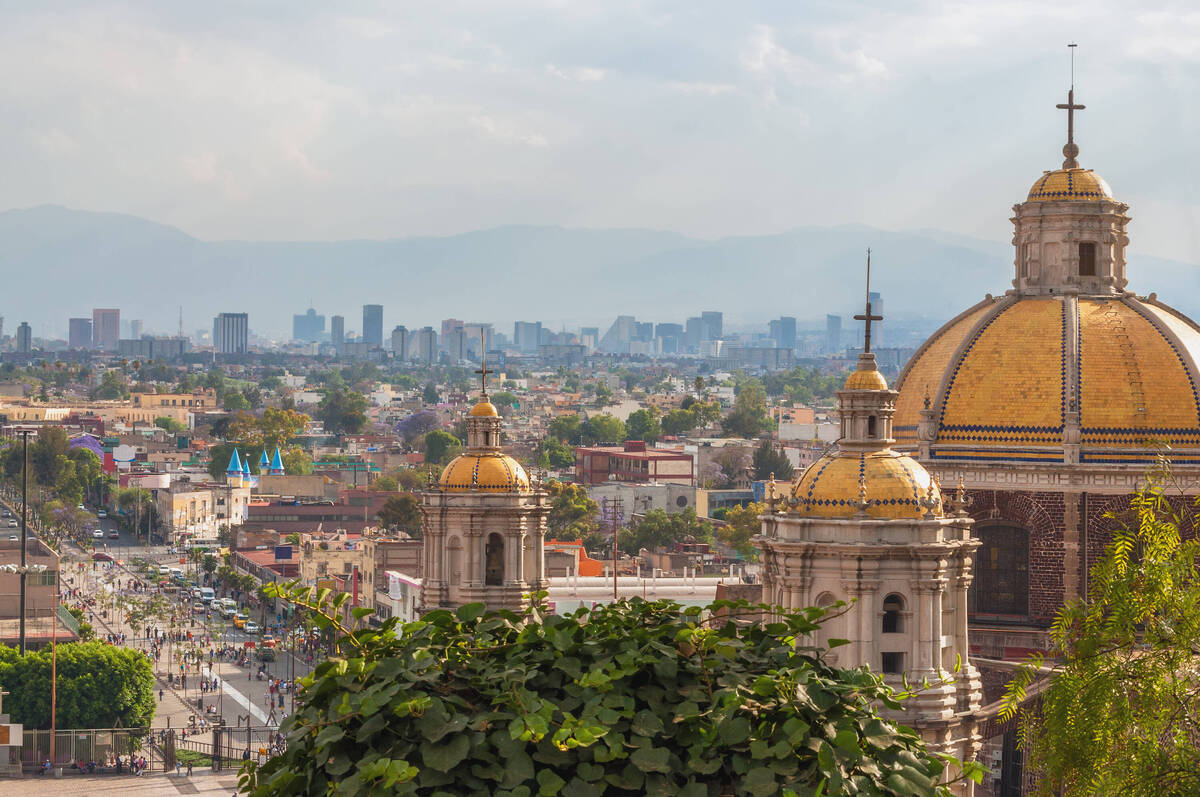













Comments